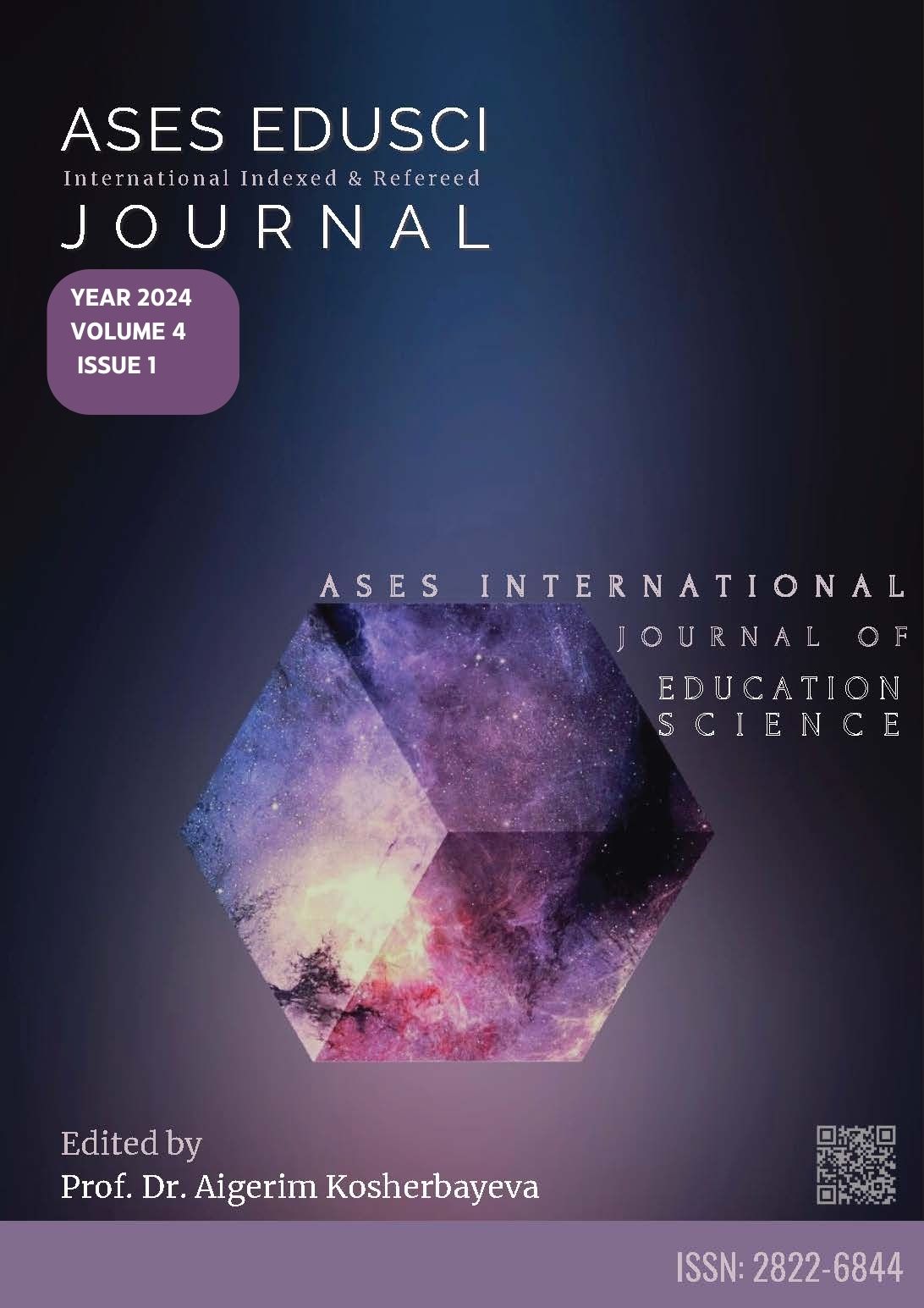DISLALIA IN LEARNING DISABILITY
DISLALIA IN LEARNING DISABILITY
DOI:
https://doi.org/10.5281/zenodo.12543852Keywords:
Learning Disability, Dyslexia, Special EducationAbstract
Language is a complex structure that people use to communicate. Each individual's use of language depends on his or her personal experiences, culture, family and environment. Therefore, the development of language may differ from person to person. Language development in children progresses rapidly from birth. Babies begin to lay the foundations of language by reacting to the sounds coming from their environment. In the first months, these reactions usually take the form of crying and vocal imitations. Over time, babies develop their vocabulary and begin to use simple sentences. Language errors are normal during this period and help the development of children's language skills. One should speak fluently to children from infancy, that is, the speech described as "baby speech" should not develop between the individual and the child. If we talk about learning disabilities, which are studied in the field of special education around the world; Learning disability is difficulty in acquiring and delay in using skills such as listening, speaking, arithmetic writing, reading and understanding. Learning disability is not a disease but a developmental delay. There are five different sub-branches of learning disabilities: Dyslexia, Dysgraphia, Dyscalculia, Dyspraxia and Dyslalia. Dislali is a new concept in the world and is not yet fully known in our country. It causes individuals with dyslexia to have phonetic irregularities, pronunciation problems, difficulty in producing or changing sounds during speech. When an individual has this disability, he or she cannot communicate, causing damage to the social-emotional area. Although the exact cause is unknown, it is thought to be a deficiency caused by damage to the brain. In individuals with dyslexia, we encounter symptoms such as retardation in language development, hyperactivity, and weakness in concept development. It is possible for the individual to be exposed to environmental and peer bullying due to this deficiency. When an individual encounters such situations, communication problems arise and it is possible for the individual to lack self-confidence, feel uneasy and confused due to the inability to maintain emotional control. In order to improve the disability, it is important that experts, families and teachers act together to prepare individual education programs suitable for the individual and to continue the education process in this way.
References
Moreno González, R. & Ramírez Villegas, M. A. (2012). Las habitaciones de la dislalia.
Andrade, H., Pérez, L., Sandi, M., Vildoso, L., & Orellana, G. (2014). Programa psicopedagógico de detección, asistencia y estimulación lingüística de problemas de dislalia en niños de jardines infantiles de la ciudad de sucre. ECORFAN, 1(8), 249-260.
Perera, L. C. C., Ávila, L. P., & Lima, E. M. (2015). Atender la dislalia desde la escuela primaria, Una necesidad actual. Atenas, 4(32), 113-122.
Borrero, M. Á. & Ruiz, K. Z. (2017). Programa de intervención para mejorar la dislalia funcional en escolares. Revista colombiana de rehabilitación, 16(1), 6-14.
Peng, P., & Fuchs, D. (2016). A meta-analysis of working memory deficits in children with learning difficulties: Is there a difference between verbal domain and numerical domain?. Journal of learning disabilities, 49(1), 3-20.
Taşdelen, B., & Özkan, Ş. (2019). X, Y ve Z Kuşaklarının instagram ve facebook aracalığıyla oluşturdukları imaj. Atatürk İletişim Dergisi, (18), 57-86.
Şener, Y. Z., Okşul, M., & Çöteli, C. (2018). Association between aplastic anemia and atrial fibrillation: Is inflammation the only underlying mechanism. Circulation Journal, 82(9), 2450.
Downloads
Published
How to Cite
Issue
Section
License
Copyright (c) 2024 ASES EDUSCI (INTERNATIONAL JOURNAL OF EDUCATIONAL SCIENCES) ISSN: 2822-6844

This work is licensed under a Creative Commons Attribution-NonCommercial 4.0 International License.


